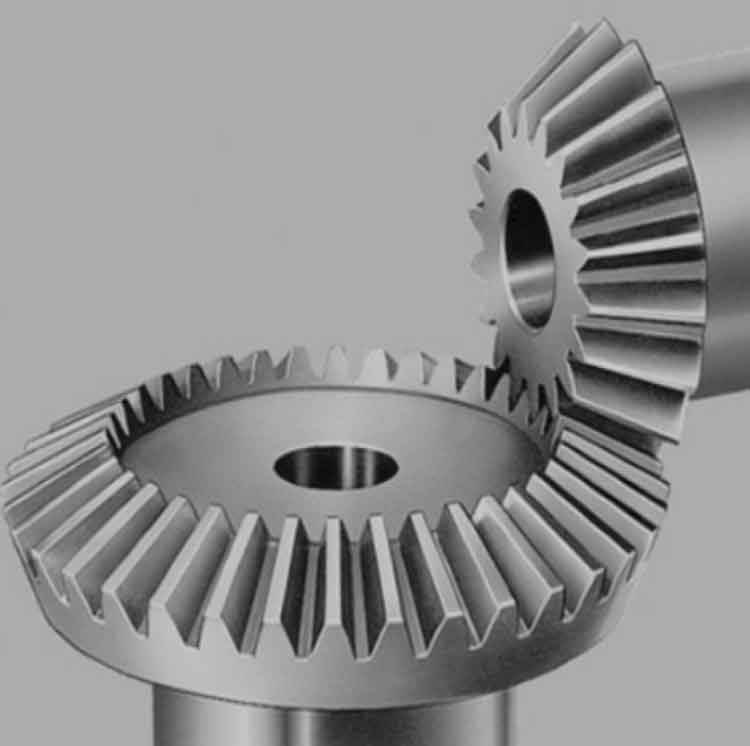The future of straight bevel gear technology is poised for exciting advancements and innovations, driven by emerging trends and evolving engineering demands. Some key trends and potential developments in straight bevel gear technology include:

1. Advancements in Materials and Heat Treatment:
The development of new high-performance materials, as well as improvements in heat treatment processes, will enhance the strength, durability, and wear resistance of straight bevel gears. This will enable gears to handle higher loads, speeds, and operating temperatures, making them suitable for more demanding applications.
2. 3D Printing and Additive Manufacturing:
3D printing and additive manufacturing techniques are likely to be explored for producing complex and customized straight bevel gears with intricate tooth geometries. This technology could lead to more efficient prototyping and production processes, reducing lead times and enabling rapid gear customization.
3. Gear Design Optimization:
Advanced design and simulation tools will continue to evolve, allowing engineers to optimize the tooth profile, gear geometry, and load distribution of straight bevel gears for specific applications. This will result in more efficient gear performance and reduced noise and vibration levels.
4. Industry 4.0 Integration:
The implementation of Industry 4.0 concepts, such as the Internet of Things (IoT) and smart manufacturing, may enhance gear monitoring and condition-based maintenance. Sensors embedded in gears can provide real-time data on gear performance, enabling predictive maintenance strategies and increasing equipment reliability.
5. Sustainability and Green Technologies:
As industries focus on sustainability and energy efficiency, straight bevel gears may be optimized for reduced friction and improved energy transmission. This could lead to more environmentally friendly gear systems with lower power losses.
6. Gearbox Miniaturization:
With the growing trend towards miniaturization in various applications, the development of compact and lightweight straight bevel gearboxes will be essential. These gear systems can find applications in robotics, medical devices, and other space-constrained environments.
7. Hybrid Gear Systems:
Combining straight bevel gears with other gear types, such as helical or planetary gears, may offer unique advantages in terms of load distribution, noise reduction, and overall system efficiency. Hybrid gear systems could become prevalent in various industries.
8. Enhanced Surface Coatings:
Advanced surface coatings and treatments may be employed to further improve the wear resistance, reduce friction, and enhance the durability of straight bevel gears, especially in high-speed and high-load applications.
9. Digital Twin Technology:
The development of digital twin technology could lead to virtual modeling and simulation of gear performance under different conditions. This will facilitate gear optimization and predictive maintenance strategies.
10. Integration of AI and Machine Learning:
AI and machine learning algorithms could be utilized to analyze gear performance data and optimize gear designs automatically. These technologies can aid in identifying potential failure modes and recommending design improvements.
The future of straight bevel gear technology holds great promise, with advancements in materials, manufacturing processes, design optimization, and digital technologies. These innovations will lead to more efficient, durable, and reliable gear systems across a wide range of applications in various industries. As engineering challenges evolve, the continuous development of straight bevel gears will play a significant role in driving technological progress and meeting the demands of modern mechanical systems.
